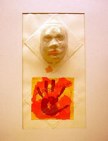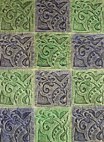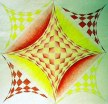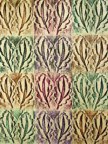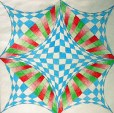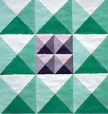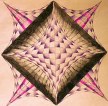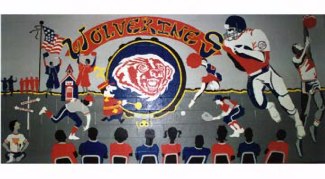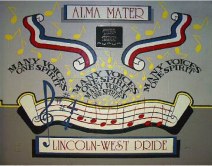Page Links

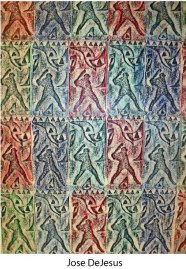
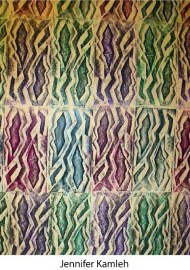
Printmaking is a process whereby many copies of a work of art can be made from an original source such as a wood or linoleum block or a plate made of metal or some other type of material. Frottage is a technique of creating an image by rubbing (as with a piece of charcoal or graphite pencil) over an object placed underneath a sheet of paper. These two ideas were put together to produce the works of art you see above. Relief plates were designed using cardboard. They were then aligned and rubbed using wax crayons. Consistency of handling was very important.
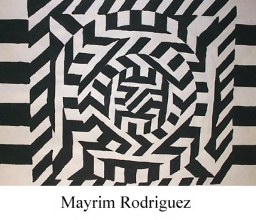
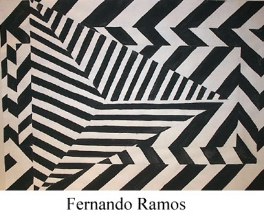
Optical Art is a mathematically-oriented form of Abstract Art, which uses repetition of simple forms and colors to create vibrating effects, moiré patterns, an exaggerated sense of depth, foreground-background confusion and other visual effects.
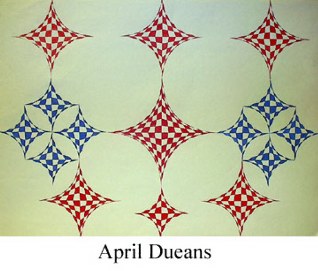
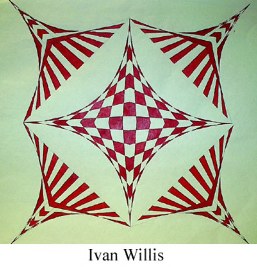
In a sense all paintings are based on tricks of visual perception: using rules of perspective to give the illusion of three-dimensional space, mixing colors to give the impression of light and shadow, and so on. With Optical Art, the rules that the eye applies to make sense of a visual image are themselves the "subjects" of the artwork.
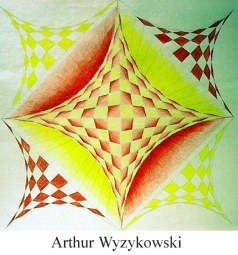
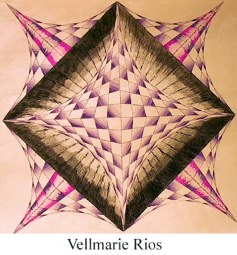
In the 1960's, the term "Op Art" was coined to describe the work of a growing group of abstract painters. This movement was led by Victor Vasarely and Bridget Riley. Other Op Artists included Richard Anuszkiewicz, Jesus-Rafeal Soto, Kenneth Noland, Francois Morellet, and Lawrence Poons.
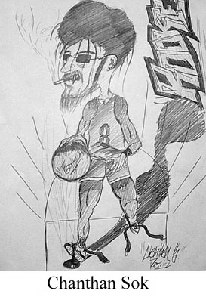
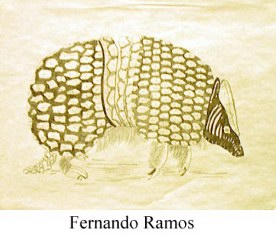
Jean Auguste Ingres once commented that drawing is the probity of art. Most students, however, find drawing difficult and resist sustained activities in this area. Contrary to popular opinion, manual skill is not a primary factor in drawing. If your handwriting is readable, or if you print legibly, you have more than enough dexterity to draw well. A greater roadblock to drawing is seeing. You may feel that you are seeing things just fine and that it is the drawing that is hard. But the opposite is more often true. Learning to see can be developed by asking questions as you draw regarding the visual relationships among the parts of the model; the relative proportion, placement, and size of shapes, value, color, and texture. Most students do not spend enough time looking at the model. Instead, they glance up once every few minutes with the result being a drawing not of what they see but of what they know. In an effort to foster continued practice in drawing and to develop students' power of observation a weekly homework activity is assigned. A few examples are presented here.
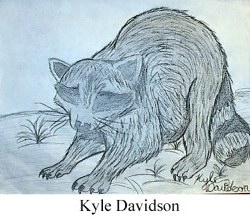
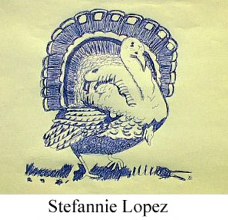
All City Art Show L-W Student Entries
Click pictures to enlarge. Use browser back arrow to return.
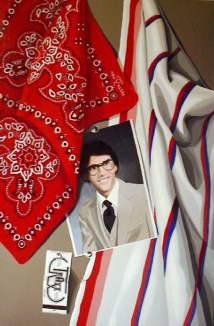
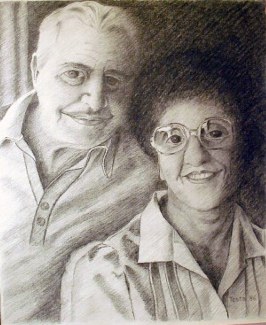
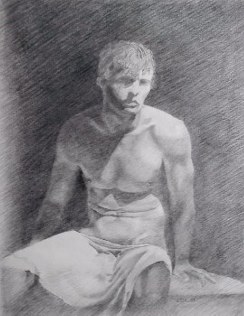
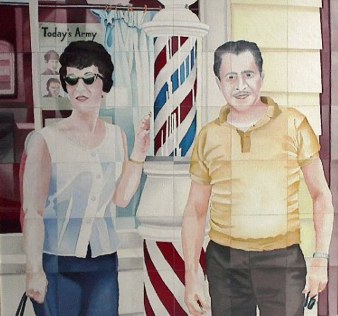
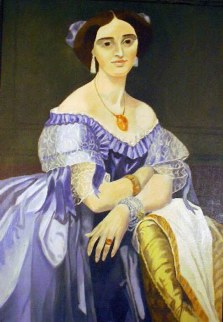
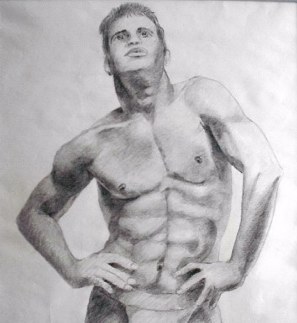
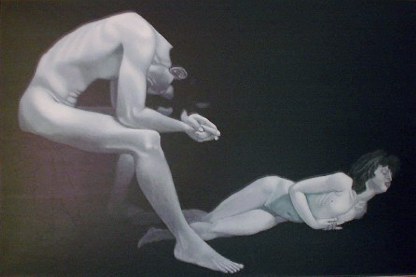
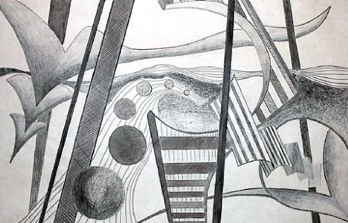
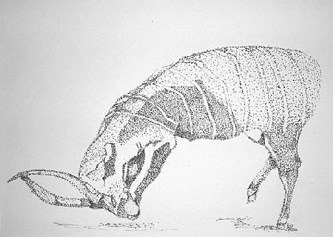
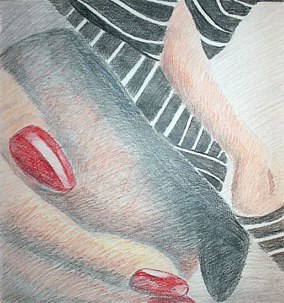
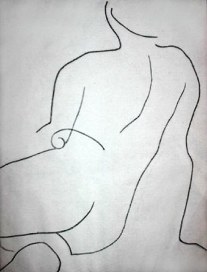
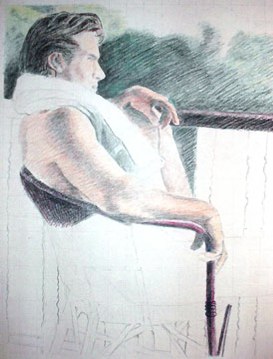
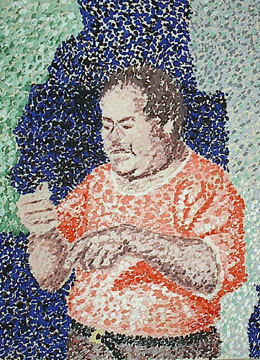
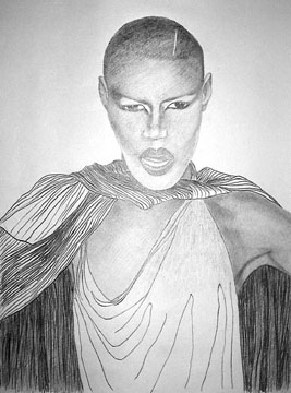
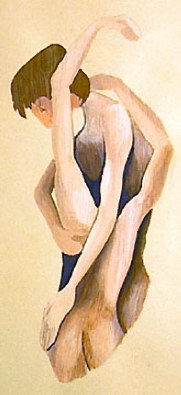
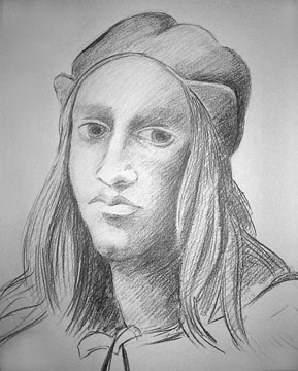
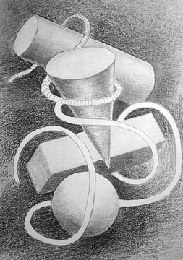
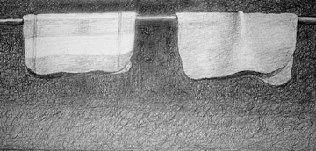
Click murals to link to murals page. Use browser back arrow to return.

